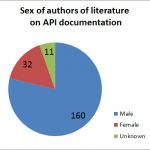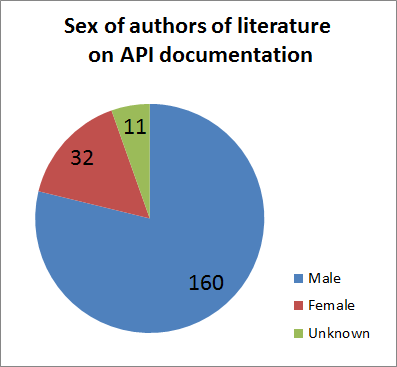During the “break” between semesters, I try to catch up on the tasks I’ve deferred during the past semester and get ahead of the tasks I know will come up during the coming semester. In the process, I’ve had these encounters with documentation that I’ve characterized into these categories:
- GOOD: documentation doing what it should—making me(the customer) successful.
- COULD-BE-BETTER: documentation that is well-intentioned, but needs a tweak or two.
- UGLY: documentation that gives me nightmares.
Here goes.
Good documentation
These are the stories of documentation that made me successful. Being successful makes me happy. Good documentation should help make the reader successful.
Ford Motor Company. F-150 owner’s manual
The windshield wipers on my almost 3 year-old truck are the ones that it came with from the factory— almost 3 years ago. Well past their expiration (and effectiveness) date. But, while I’ve changed car engines and gear boxes before, I hate changing wipers. They always have some clever (and obscure) trick to getting the old ones off and the new ones off. I especially hate it when they go flying off the car in a rain storm. So, for all these reasons,I’ve procrastinated on changing them for far too long (as driving in recent wet weather has reminded me)—the replacements have actually been in my garage since…I actually can’t remember.
Continue reading “Recent good, could-be-better, and ugly documentation experiences”


